The Guardian
Praetorian
This is the greatest news for AoI and SoP. Wish you'll be the same (at least) or better (receives my vote) for many years more. Thank you for being with us.
Ditto Justo. Glad to hear you're OK.

This is the greatest news for AoI and SoP. Wish you'll be the same (at least) or better (receives my vote) for many years more. Thank you for being with us.

 i still have a few more pieces up high (did not completely sever). let's hope the nor'easter they say is coming on thursday does not send them flying away
i still have a few more pieces up high (did not completely sever). let's hope the nor'easter they say is coming on thursday does not send them flying away 
 perhaps next season or later in winter.
perhaps next season or later in winter.  took a slight break from adding in unit gfx to try and tackle the improvements and wonders. got all air units added in for US and now Japan. so they're all done save for sea units which are percolating as you read this
took a slight break from adding in unit gfx to try and tackle the improvements and wonders. got all air units added in for US and now Japan. so they're all done save for sea units which are percolating as you read this  obviously, the sea units will form a great deal of the gameplay for this project. so fleshing all that out is going to take some time. of course
obviously, the sea units will form a great deal of the gameplay for this project. so fleshing all that out is going to take some time. of course  Klyden is working on all that atm as i'm trying to plow through with most of the other stuff.
Klyden is working on all that atm as i'm trying to plow through with most of the other stuff. 
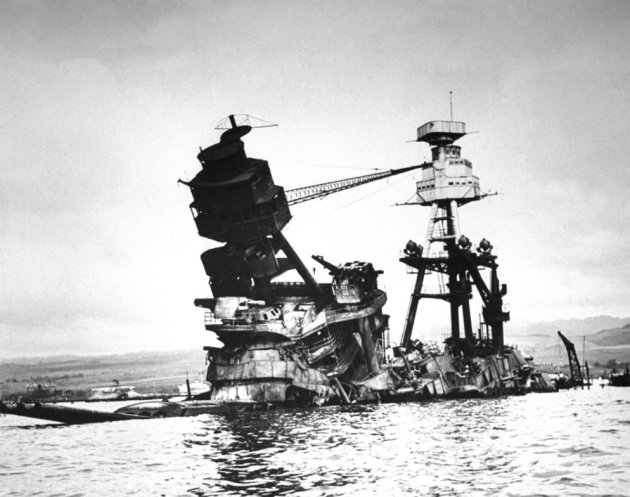
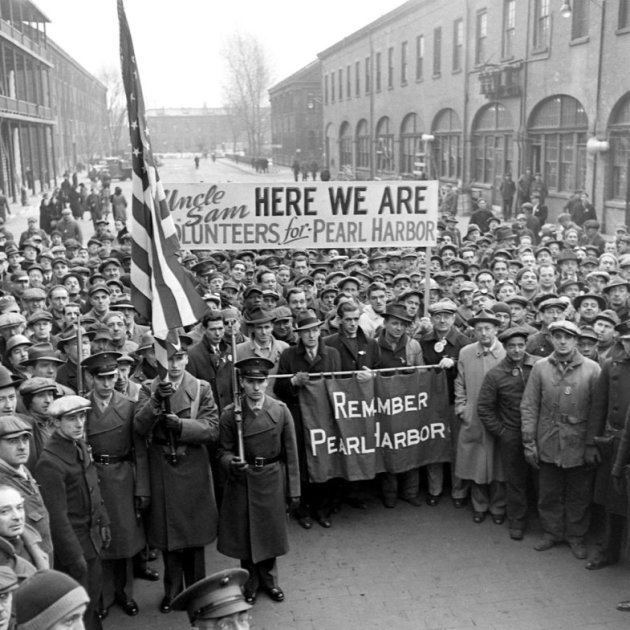
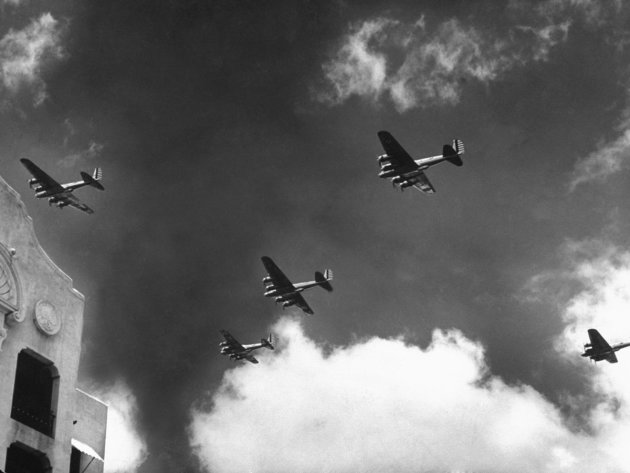
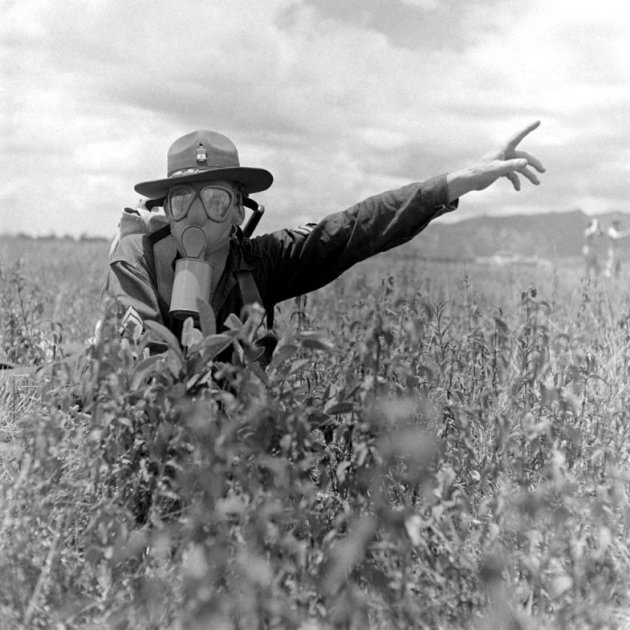

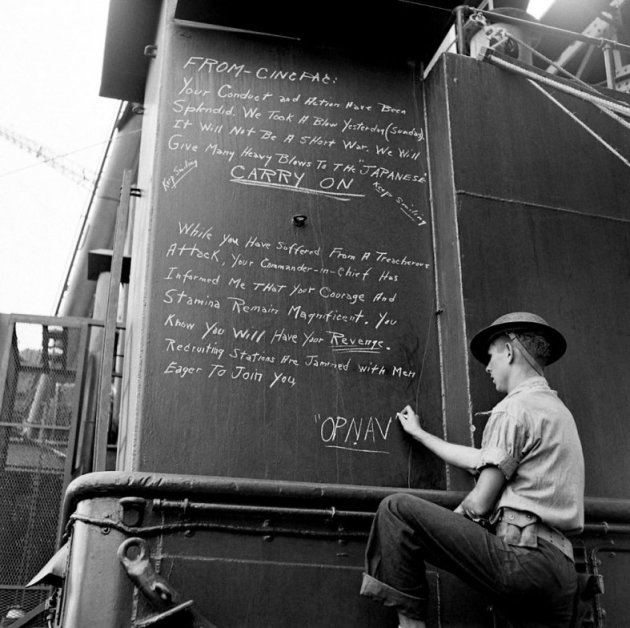
I have been working on fleshing out my stat charts and I think I am fairly close. I have sent a list of Japanese light cruisers to El Justo and then had to revise them and still need to get them to El Justo, but there are only minor changes. One of the big headaches to figure out is the torpedo situation. This played a far bigger role in WW2 than in AoI, especially in the Pacific. Many Japanese ships also carried reloads, so that has to be factored in as well. One thing I did learn was that the Japanese were actually scared of their own torpedoes when they were under air attack. It seems the long lance had a lot lower tolerance for damage/fire around it before exploding. This is why the tubes were generally mounted very high on Japanese ships and that Japanese skippers would often eject their weapons when under air attack to avoid the resulting explosion.
For the US subs, I think we have something worked out to deal with the duds that plauged the sub force for much of the first part of the war. As many know from playing earlier games like AoI and TCW, we don't usually have a "clean" upgrade path where ships show up in port and magically upgrade to the latest and greatest. That will be even more obvious in this game as ship upgrades will be very rare. One of the ones that will take place will be the US subs. There will be an "upgrade" to a sub when the better torpedo becomes available. The sub will "refit" and its bombard/rof number will get a boost.
One other thing that will likely happen is there will be a big discrepency in the amount of subs in game compared to the historical campaign. In Civ-3, there is no real logistics model and historically, only 1/3 of a sub force is on patrol at a time with 1/3 in transit and 1/3 in refit. In Civ-3, it is possible to have 100% of the subs "on patrol". Subs in Civ-3 typically come out, go kill stuff and keep killing stuff until they die or are damaged and go to a forward base someplace to "heal". Subs will have a big enough impact in the game as it is; no need to go crazy overboard with them.
Hopefully I can get some preliminary stats posted at some point to give everyone a look see.
USS Arizona wreckage
Volunteers at the Brooklyn Navy Yard, December 1941
B-17s flying over Hawaiian airspace, December 1941
Soldier in gas mask, Hawaii, Early 1942
American soldiers digging a trench, Hawaii, December 1941
American soldier writes on chalk board on board unnamed DD at Pearl, December 1941
"not"?lest we not forget !!

finalize sea unit list. comprehensive and will take a while longer

 hadn't forgot your request
hadn't forgot your request 
 you work is inspirational
you work is inspirational 
